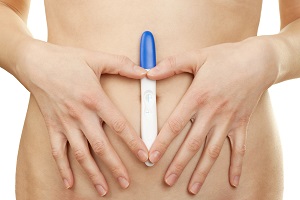In April 2017, the American Society for Reproductive Medicine (ASRM) and the Society for Assisted Reproductive Technology (SART) reviewed their guidelines regarding IVF. The new indications recommend that only one embryo be implanted at a time, especially in women under the age of 38. In case of multiple failures, they recommend not to climb over the two embryos per implant. According to the latest reports, this policy is bearing fruit.
In the United States, twin births have collapsed. On the other hand, there has been no change in the rate of newborns. This happened following the new policy mentioned above, aimed at reducing the many risks associated with twinning parties. Dr. Allison Eubanks analyzed the phenomenon and its effects on her patients.
The medical center of which the doctor is a part immediately adopted the new guidelines. The doctors made no exceptions, even to study the actual impact on patients and newborns. According to the doctor, it was a good choice. She and other researchers have in fact compared the results of cycles conducted in the 2 years preceding the policy and in the following 2 years. In total, the researchers were able to study 367 successful pregnancies.
The data show a net decline in the number of embryos transferred and in the rate of twin pregnancies. In parallel, there has been an increase in the quality of the transferred embryos with positive consequences for mothers and children. Nevertheless, doctors have found that this approach works especially on younger patients. In the case of more adult women, with several attempts behind them, it might be better to use another type of approach.
Source: medscape.com



